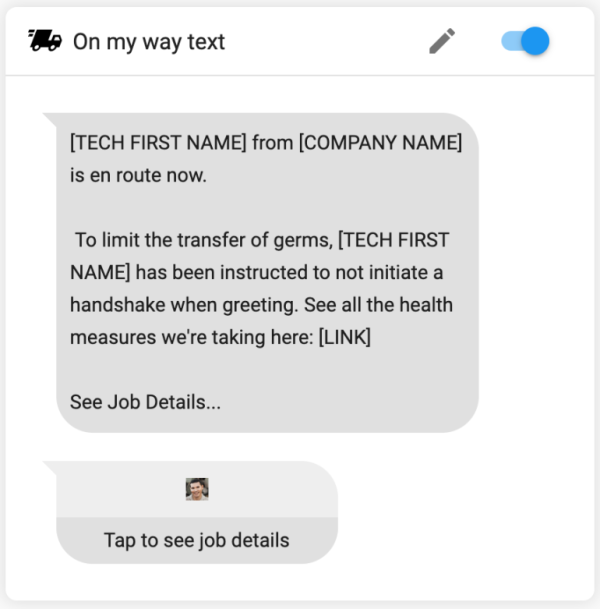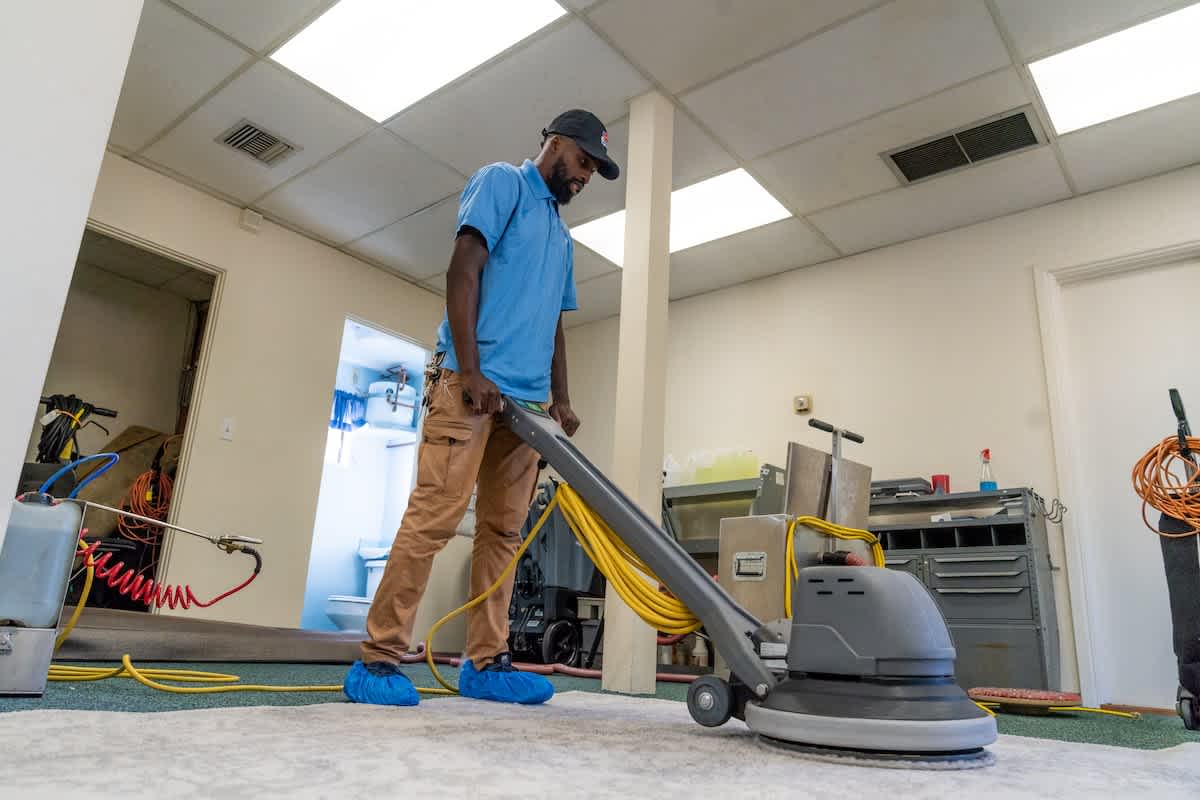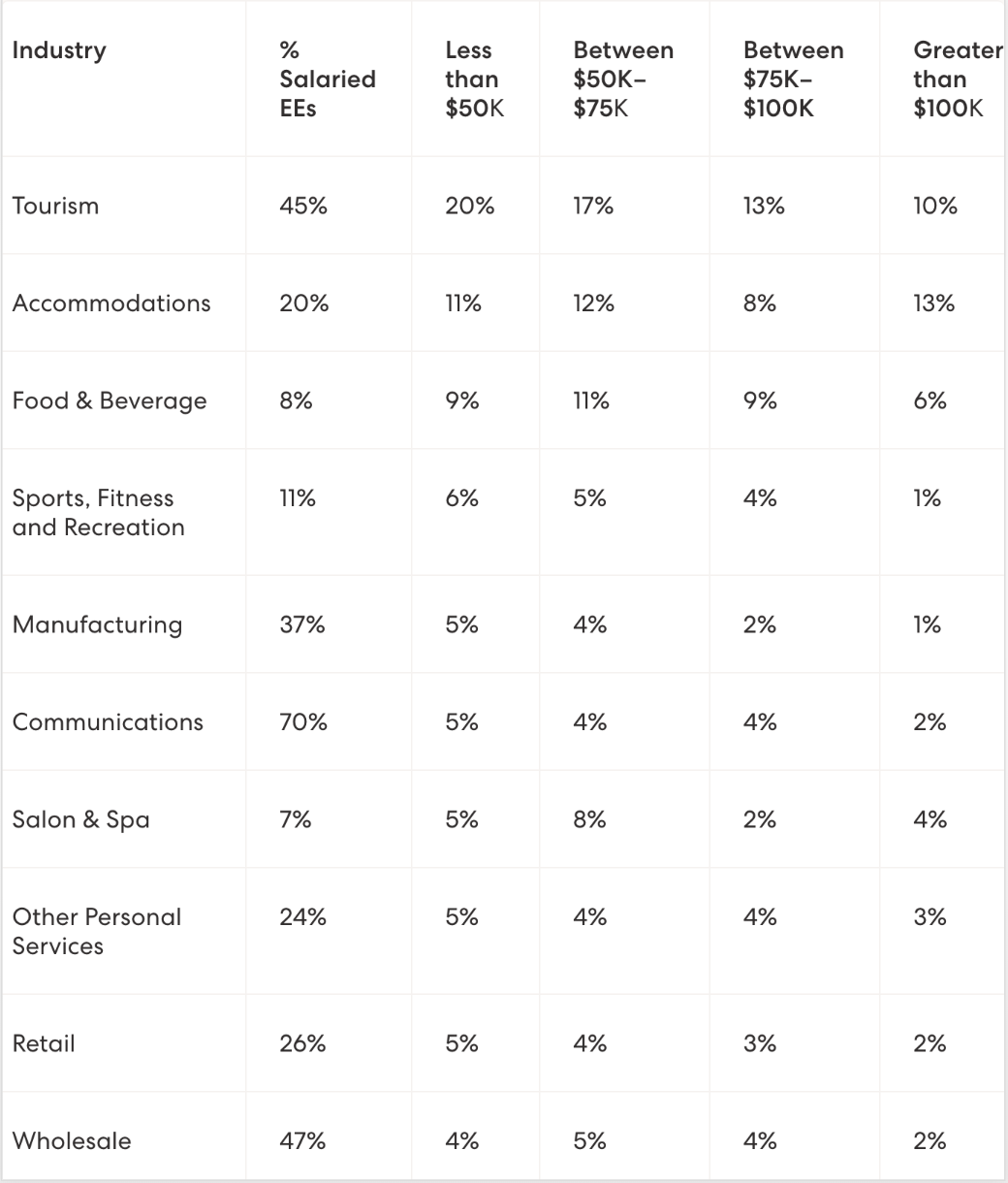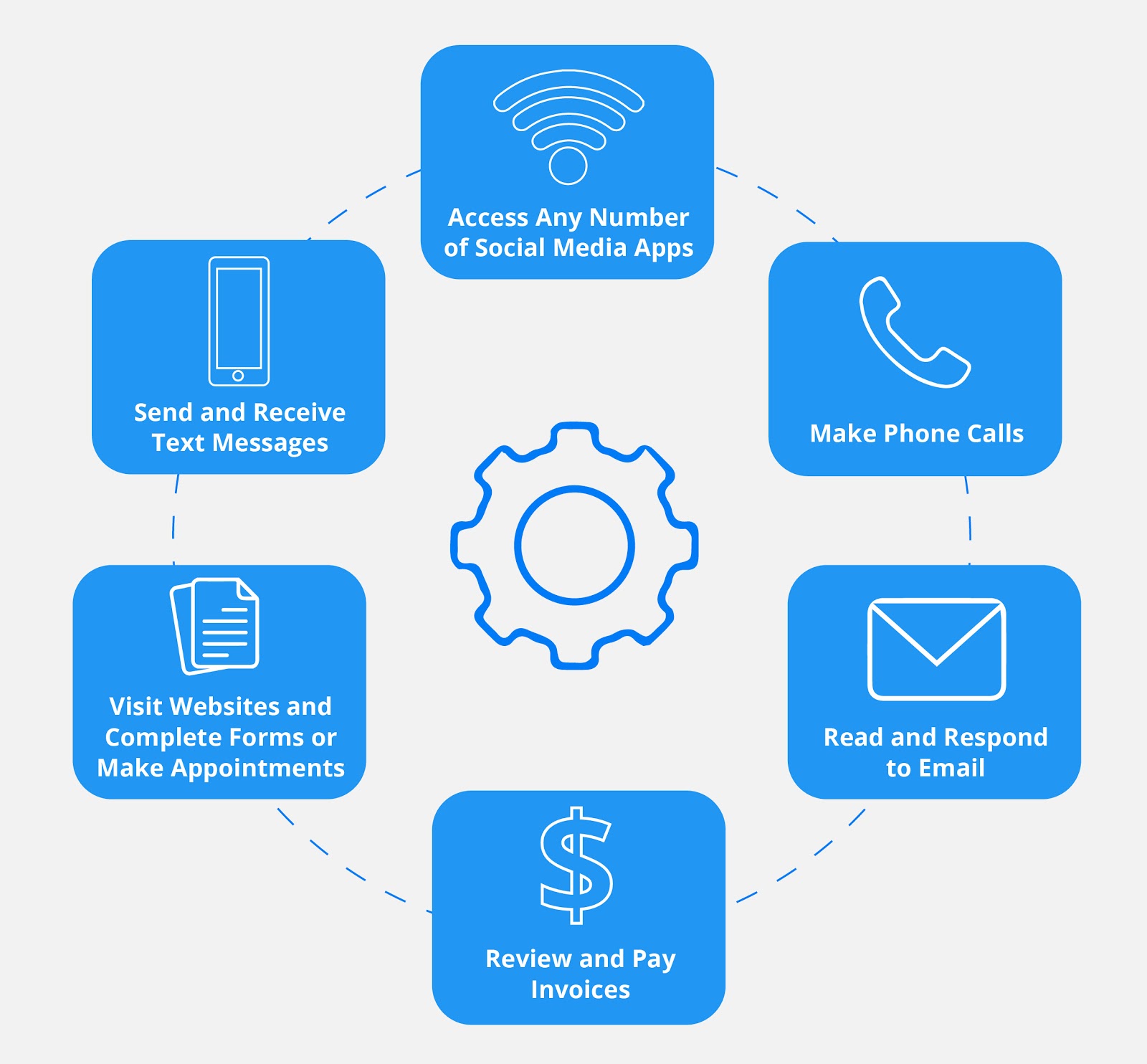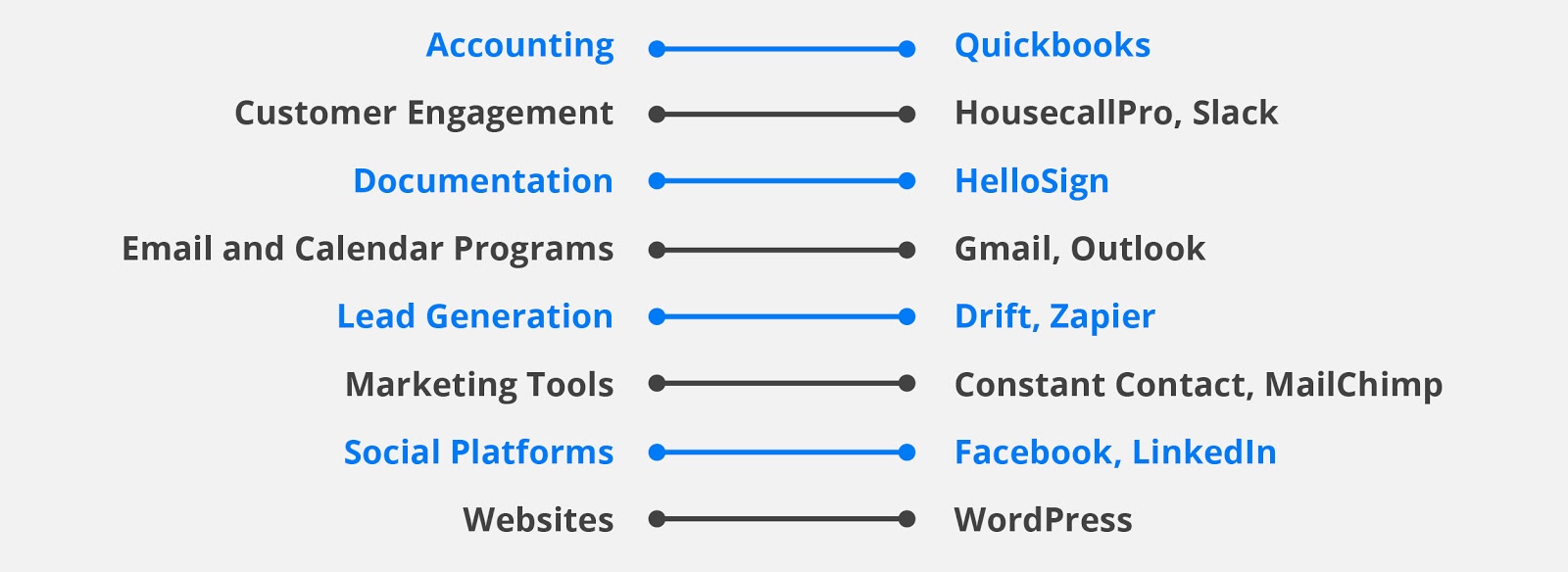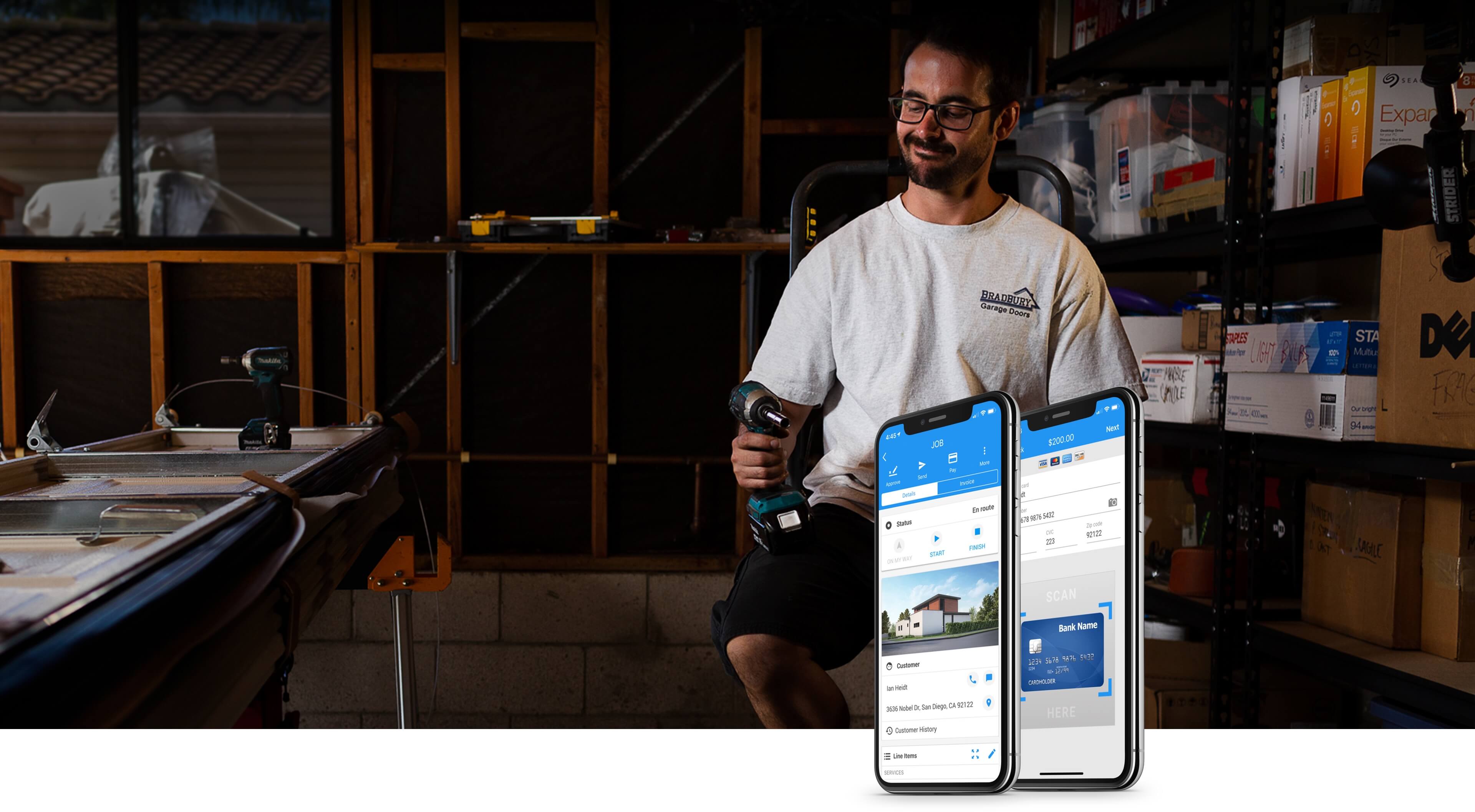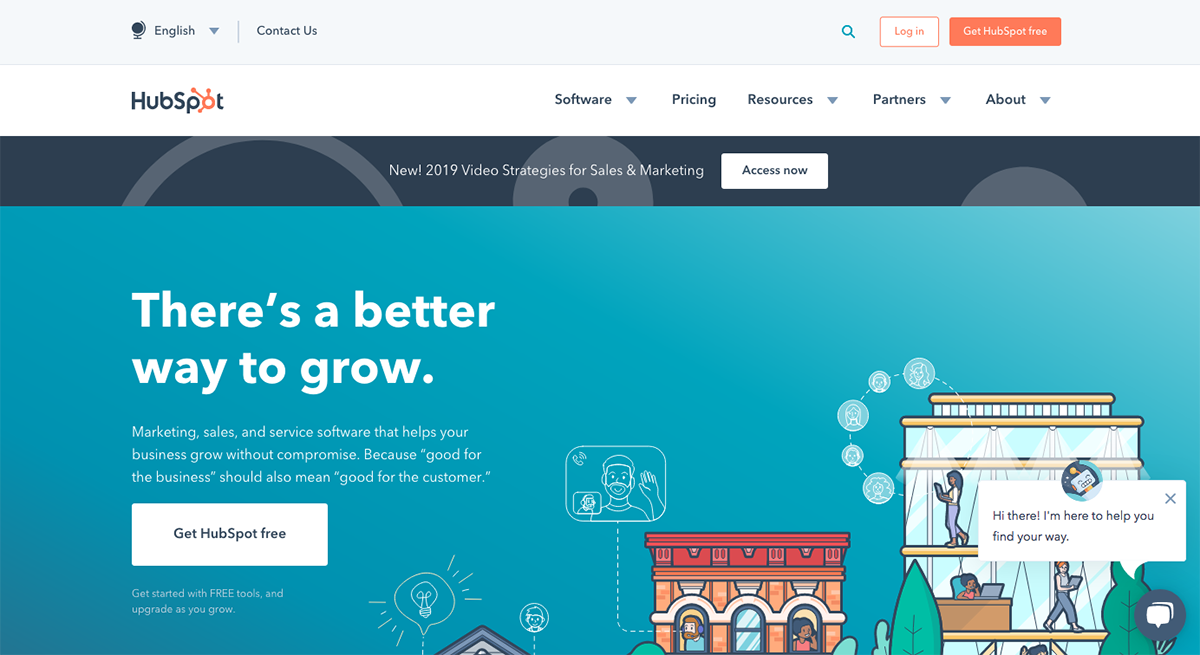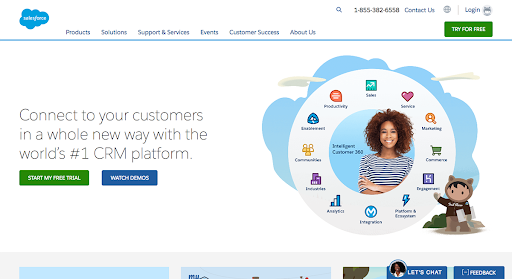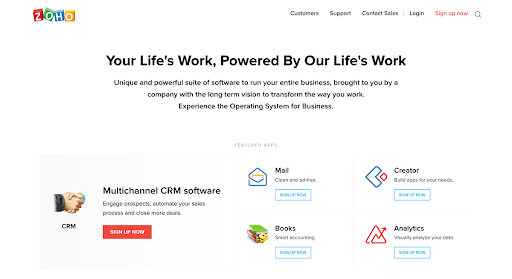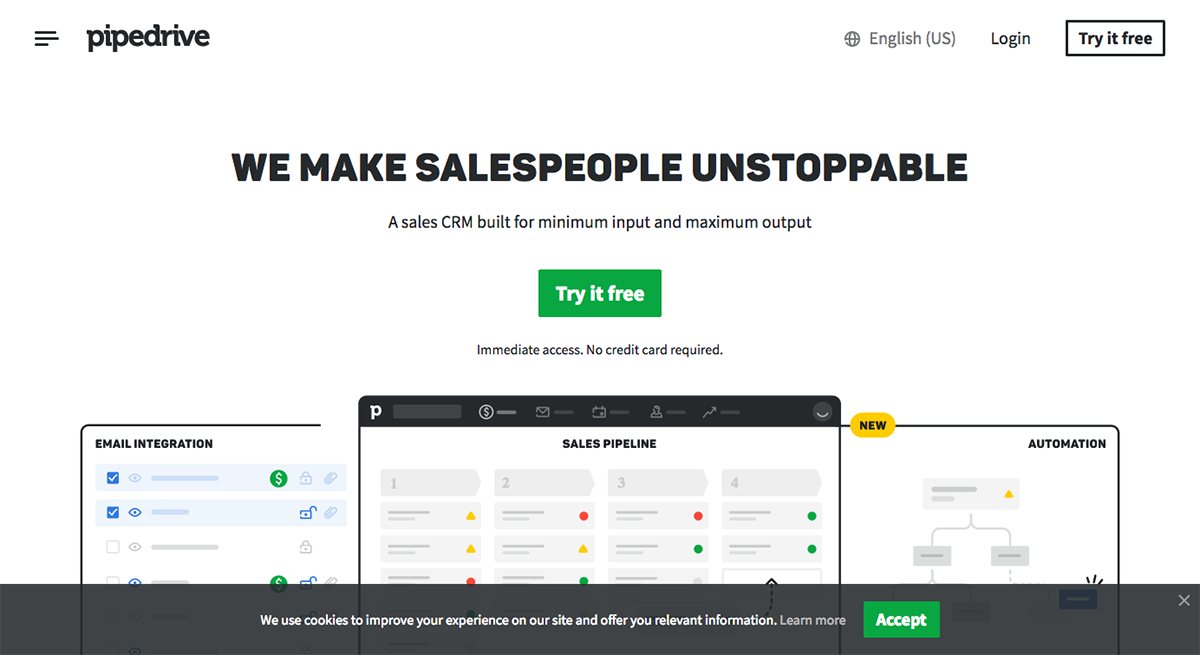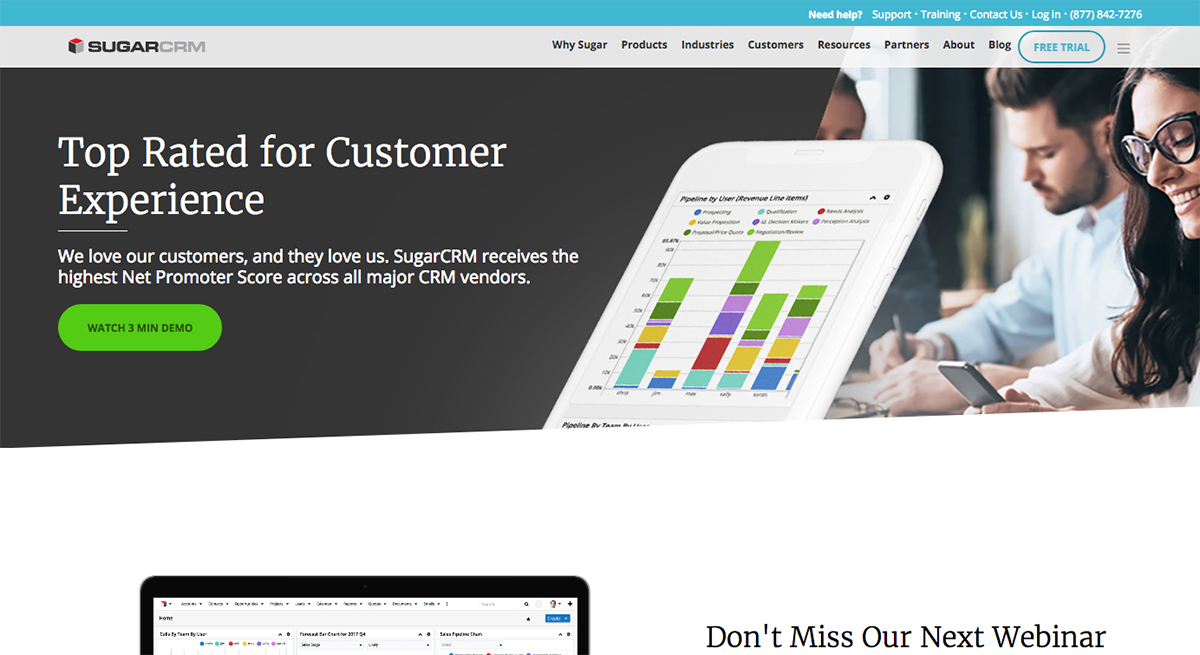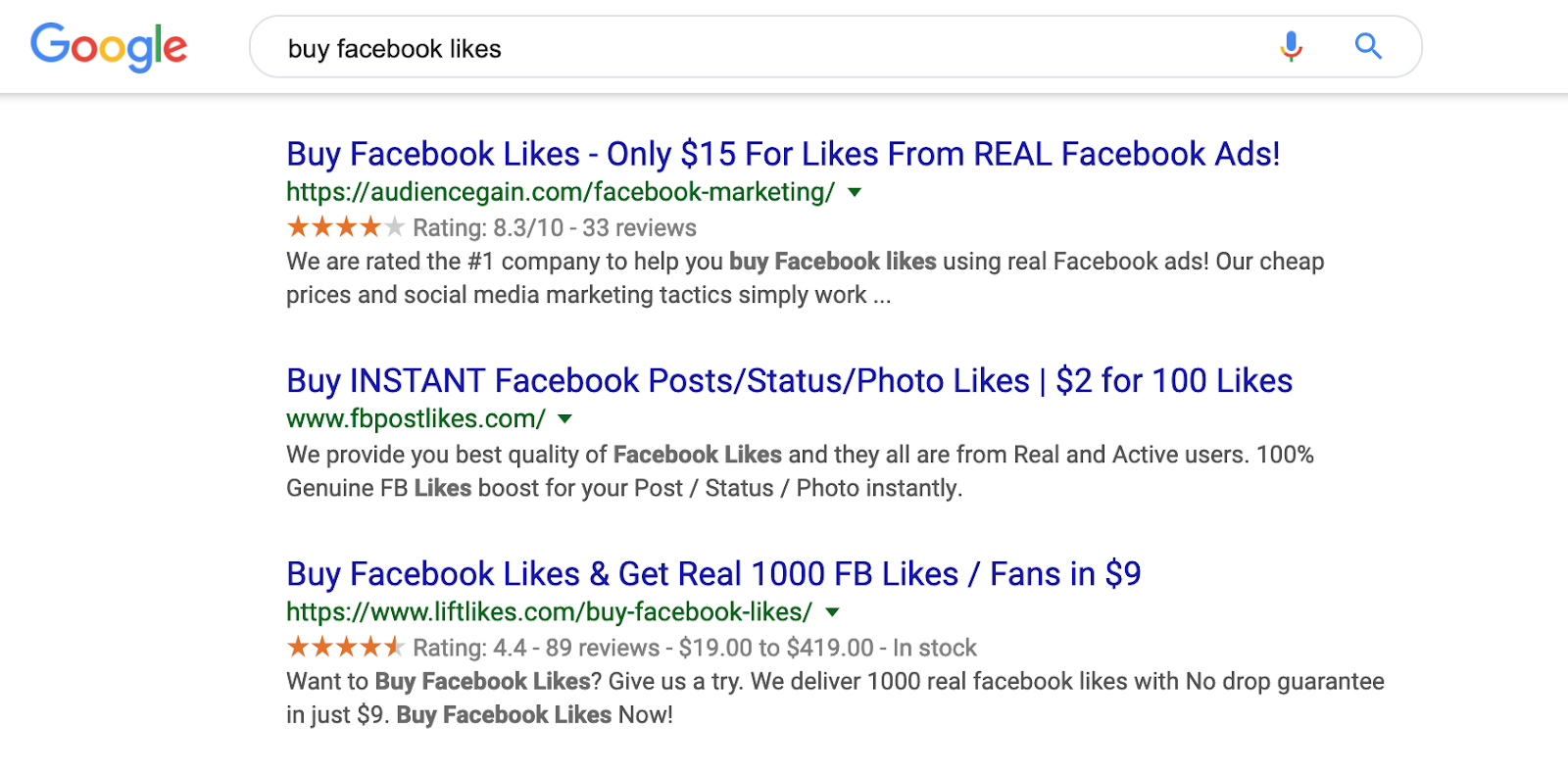Spending too much time on admin work?
Automate your daily tasks and save time with our home service software.
Want to win more jobs with less effort?
Grow your business and send quick quotes with our home service software.
Service companies are the backbone of the economy and Housecall Pro is committed to doing everything we can to help during the Coronavirus pandemic.
March 23, 2020 update
The WHO COVID-19 Situation Report for March 22 reported 292,142 confirmed COVID-19 cases and 12,784 deaths globally. This represents 82,303 new reported cases and 4,006 new deaths since the March 19 Situation Report.
The US CDC reported 33,404 total cases and 400 total deaths (50 states, District of Columbia, Puerto Rico, Guam, and US Virgin Islands)
California, New York and Washington state are the three states hardest hit by the virus. With more than 15,000 confirmed cases, New York State now accounts for roughly 5 percent of the world’s total tally. (15,168 cases out of 292,142).
The CDC has a state-by-state map that you can view https://www.cdc.gov/coronavirus/2019-ncov/cases-updates/cases-in-us.html
US Response & CDC Guidance
US RESPONSE
Efforts to finalize an economic stimulus package stalled yesterday, as the Senate failed to pass the bill in its current form. Stay tuned for more on this subject for sure in the coming days.
US CDC GUIDANCE
On Friday, the CDC issued interim guidance for independent living facilities (retirement communities) as well as some recommendations for keeping children safe and healthy while schools are closed.
The CDC emphasizes that social distancing is appropriate for children as well as adults and recommends that parents/guardians revise or postpone travel plans, including for spring break.
The CDC also notes that children congregating in other locations while schools are closed (e.g., parties, shopping malls) can facilitate community transmission, which limits the impact of school closures. The guidance also includes information about promoting learning and healthy activity while children are at home in order to mitigate the impact of school closures on their learning and development.
“Stay at Home” Orders
As we know, New York Governor Andrew Cuomo issued an executive order on Friday, directing that “100% of the workforce must stay home, excluding essential services.” New York published detailed guidance on what qualifies as essential businesses and services, which includes construction including skilled trades such as electricians, plumbers, building cleaning and maintenance.
All of the orders generally include similar provisions.
- stay at home to the extent possible
- permitted to leave their homes to:
- shop for groceries and other supplies
- seek medical, dental, or veterinary care
- provide care for others
- exercise or engage in other outdoor activities
- work at essential businesses
- and utilize other essential services (e.g., post office, laundry)
When people do need to go into public, the orders direct them to maintain social distancing, including staying 6 feet away from others and reducing public transit use, if possible.
Set up your service business for success during the pandemic
Advice on how to prepare your business for the pandemic
Put an action plan in place
- Run toward challenges and embrace them. Don’t avoid the problem.
- The curve will be on the other side, and when we get to the other side of it, demand will skyrocket, so while hunkered down now, how can you become prepared for the future?
- Put an action plan in place and your employees will sense your confidence.
- Show and set the example you want them to imitate.
Keep a positive outlook and inspire
- Maintain a positive mindset and instill this mindset in yourself, your family, your employees, and within your business.
- In times of uncertainty, focus on the now. You have control over what you do today.
- Be present and be a leader. Be the stabilizing factor for both your family, your employees, and your community.
- Practice gratitude for what you have today.
Transparency & open communication
- There is a fine balance as a leader between sharing too much fear or anxiety or don’t say anything and employees are destabilized
- As the leader, you don’t have to shoulder it all on your own. Look for how your employees can help and participate and keep open lines of communication so that they know how they can help too.
Balancing priorities
- Social Responsibility and Civic Duty vs. Individual Responsibility to your Business and Family
- Bigger Picture: We need to follow guidelines to ensure we are doing our part to help stop this pandemic.
- Can we offer other services that allow us to help our customers and community without going inside their homes and putting your employees and customers at risk?
- Serve your customers and yourself.
Be innovative
- Think outside of the box: How can you help your customers with your time now and plant the seed for the future?
- Example: Asking your customer if there is anything you can drop off if you’re in the neighborhood, or anything you can help with?
- Think about the ways you can make positive brand impressions.
- Do not let fear or embarrassment stop you from trying something new.
- Be bold to set you apart from others.
Time of opportunity
The demand for a lot our services is going to be very high during and after this period, so we have an opportunity. The current state is temporary, but we should recharge ourselves and instill confidence into our team that not only are we going to get through it, we’re going to be even better on the other end.
Recharge & innovate
Take the time to be present with both family and your employees. Be a stabilizing factor. Express gratitude for what you have – don’t be so stressed out about what’s going to happen.
Now is the time to be innovative. Learn from the creative ways you solve problems now so that you can be better on the other end.
Pivot your business to offer essential services
Featured Guest: Brandon Vaughn
What you need to do first
List out all of your services and determine the top 5 and determine if they are essential or not.
What are the emergency calls that you get from your customers? Typically these are a good indicator that they are essential.
Think about what you can do both indoors and outdoors and identify the outdoor opportunities that allow you and your employees to practice social distancing. Call, send emails, and show up in person to offer your services.
For first week offer to help for free and then leverage a short term contract and consult a local CPA to see if you can deduct this as a marketing expense.
Start reaching out
Can you provide services essential businesses that remain open such as grocery stores, banks, or government buildings? Can you subcontract?
Can you keep your vehicles on the road and use them for delivery services? Can this be a source of free advertisement for your business?
Find and establish new lines of service
Send emails, texts, or postcards to let customers know that you are open for business and performing these essential services.
Let customers know you’re open for business
Featured Guest: McKenzie Medeiros
- Implemented New Services
- Expanded their leak detection services beyond just roof leaks and will now assess appliance or other possible household leaks
- Nominating a Neighbor Program
- A new program they are running where existing customers will be invited to nominate a neighbor for a free service. Family MAn HAndyman will choose three community members that were nominated to receive the free services.
- The impact this program will make will be to not only increase their brand awareness but also generate goodwill within the community. Customers will remember that you were there for them when the community needed them.
- Create pre-made social media cards that are shareable so that your customers and your employees can easily share
- MailChimp landing page and send a mailchimp email blast out to existing customers. Free up to 2,000 recipients.
- This also builds a list of potential customers you can market to in the future.
- Employee Health
- Questions to ask when a customer calls
- Ask questions, don’t dismiss the discomfort and find solutions
- Check in from a health and wellness perspective each day
Questions and answers
I hate to say this but cash flow is tight. We might have to cut employee pay. What’s the best way to present this?
- Transparency always wins. This is not the time to do this in a cowardly way. There have been instances where other leaders enforced certain tactics like a mandatory 4 week vacation period, from everyone from the boss to all employees.
- Bring your employees into the conversation – they might have ideas that you don’t think about.
- When you have to have a tough conversation, be real – don’t hide. Be honest. You’ll maintain good relationships with your people and they will be willing to come back on with you later.
- Explore underemployment options – you may be able to cut back hours instead of letting go of people completely.
- You can give people specific days off each week and give them the opportunity to pick up other work
- Talk to your employees about what other skills they have and think about other ways that you can utilize them during this time. Are they great with social media? Etc.
Some employees are scared about their rent, family and jobs. How do we keep our employees calm during this time?
- You don’t have to shoulder 100% of the burden.
- There are assistance programs that are options
- Keep marketing! Keep working on bringing in the business, especially if you can do this in a way that won’t negatively impact others.
- Get your customers onto a recurring payment plan and set up the current income as a credit on services down the road
- This can be an exclusive offer that is good for them, too
- Look to the airlines for inspiration – they are doing a great job offering deals that people want to buy now because they know it’s a great deal that they will be able to definitely use in the future.
- Think about other services that you could offer to your customers that is a little outside of the box that you can do now. What are your total set of skills?
- Every time you’re inside of a home, make sure you’re taking the opportunity to offer your customers your full suite of products and services
Keep Your Industry an Essential Service:
We’re making it easy to write to your government representatives and send them a letter urging them to classify your industry as an essential service during this time of uncertainty.







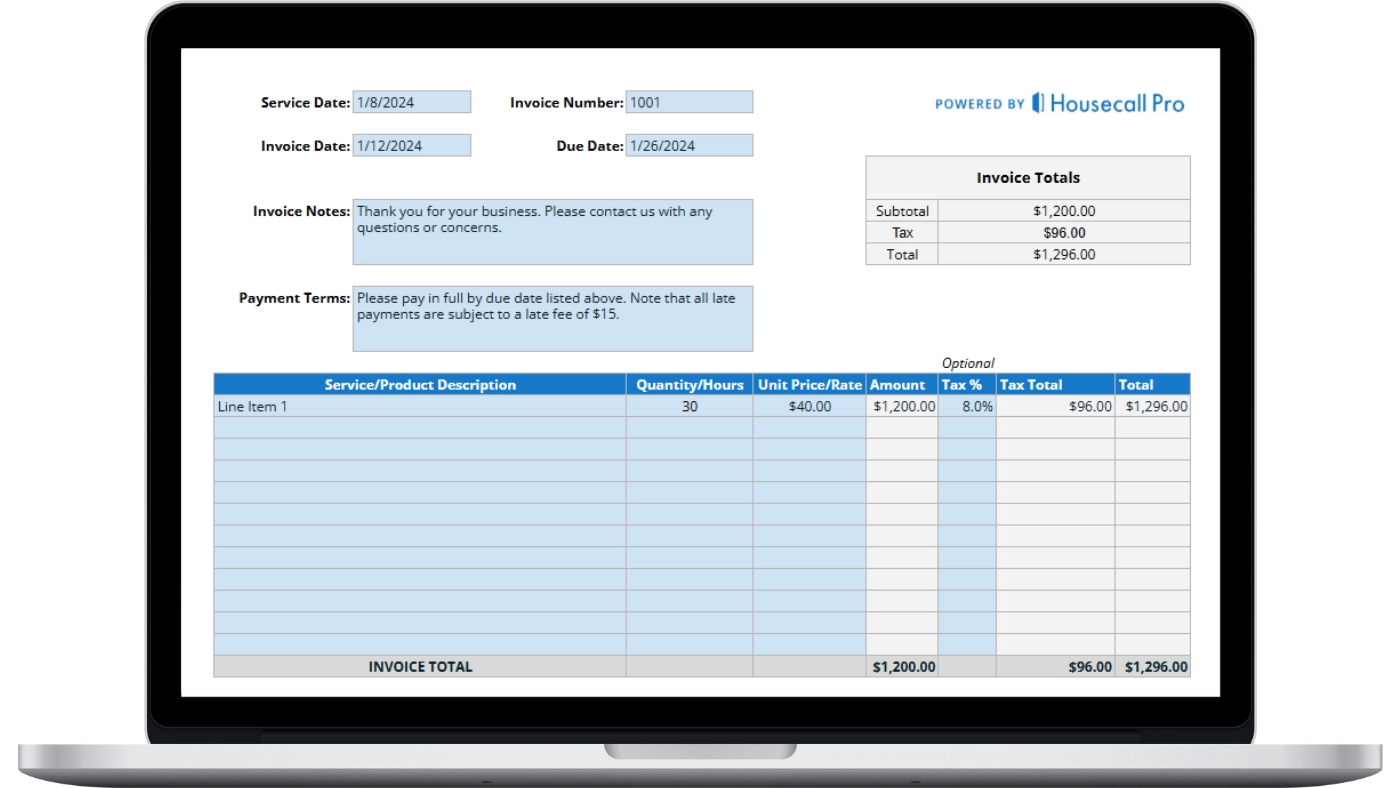

![Tips for Home Service Companies in the Time of the Coronavirus [COVID-19]](https://www.housecallpro.com/wp-content/uploads/2022/07/Screen-Shot-2020-03-17-at-2.19.40-PM-scaled-1.jpg)



